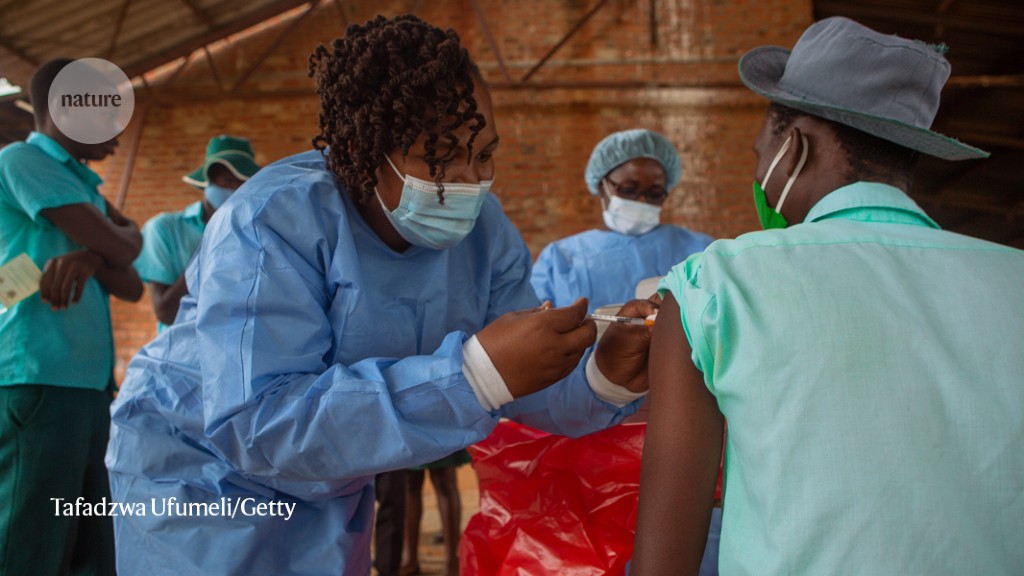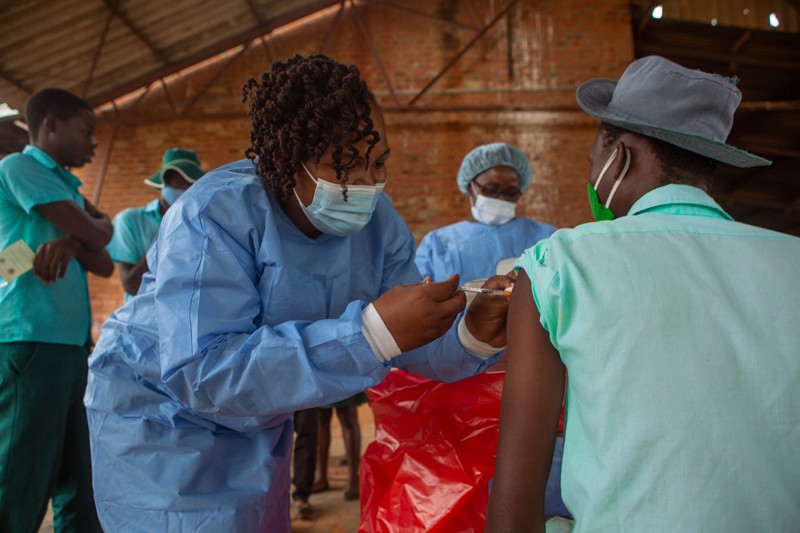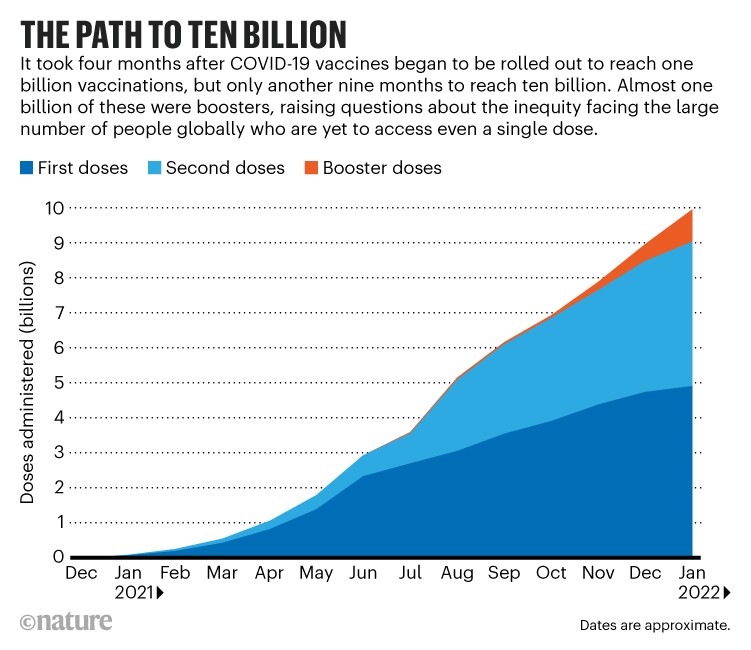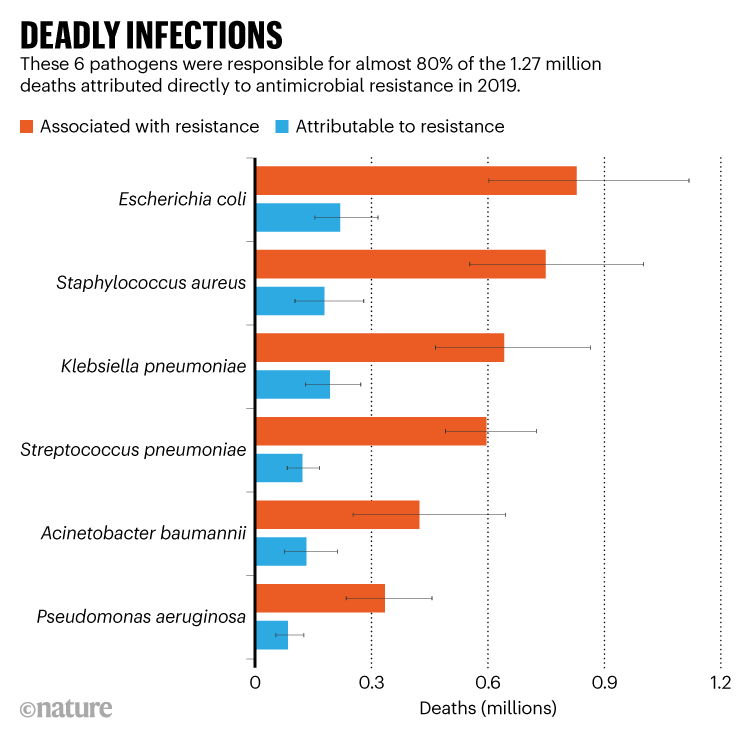Ten billion COVID vaccinations
In little more than a year, ten billion doses of COVID‑19 vaccines have been administered globally.
Many nations began rolling out vaccines in late 2020 or early 2021, and by late January this year, more than 60% of the global population — 4.8 billion people — had received at least one dose of one of more than 20 COVID-19 vaccines approved for use around the world (see ‘The path to ten billion’).
“The world has never seen such rapid scale-up of a new life-saving technology,” says Amanda Glassman, executive vice-president of the Center for Global Development in Washington DC.
But there are still huge inequities in access, with just 5.5% of people in low-income nations having received two doses. By contrast, many of the world’s high- and middle-income nations are now pushing ahead with programmes to deliver third, or even fourth, doses, with these boosters currently making up around one-third of all COVID-19 vaccine doses administered each day worldwide.
The staggering death toll of drug-resistant bacteria
Infections caused by antibiotic-resistant bacteria are among the leading causes of death globally, finds the most comprehensive study yet of antimicrobial resistance (AMR).
The analysis, published on 19 January, estimates that in 2019, 4.95 million people died from illnesses in which bacterial AMR played a part (C. J. L. Murray et al. Lancet https://doi.org/gn7jdx; 2022). Of those, 1.27 million deaths were the direct result of AMR — meaning that drug-resistant infections killed more people than did HIV/AIDS or malaria.
Although there have been many studies on the effects of AMR, few have tried to estimate its global impact. Researchers used data from the 2019 Global Burden of Diseases, Injuries and Risk Factors Study — a survey of 369 diseases and injuries in 204 countries and territories — to estimate the number of people who died from infections that year, along with the pathogens responsible and other factors.
The six deadliest bacterial pathogens were responsible for nearly three-quarters of all deaths attributed to resistance (see ‘Deadly infections’). Antibiotic-resistant Escherichia coli alone killed around 200,000 people in 2019.
UK’s high-risk funder poaches DARPA deputy chief
The UK government has announced the first chief executive of its new high-risk, high-reward research-funding agency: Peter Highnam, the deputy director of the US Defense Advanced Research Projects Agency (DARPA), on which the British organization is modelled. Highnam will start his five-year post in May.
The UK agency, known as the Advanced Research and Invention Agency (ARIA), will have a budget of £800 million (US$1 billion) over 4 years. It will give Highnam, and whoever chairs the organization, the power to choose which areas of science to fund. This approach stands in contrast to UK Research and Innovation, the country’s main research-funding organization, which disburses its yearly budget mostly through competitive grant schemes.
Highnam has worked at DARPA since 2018, and he has stepped up run the agency temporarily. He has previously worked at the US National Geospatial-Intelligence Agency and the Intelligence Advanced Research Projects Activity, a DARPA spin-off that funds research to help the intelligence community. His appointment follows a flurry of activity in setting up ARIA. Last month, the bill that lays the legislative groundwork to set up the agency passed through UK Parliament.








More News
I study artefacts left in prehistoric caves
How artificial intelligence is helping to identify global inequalities
Tackling ‘wicked’ problems calls for engineers with social responsibility